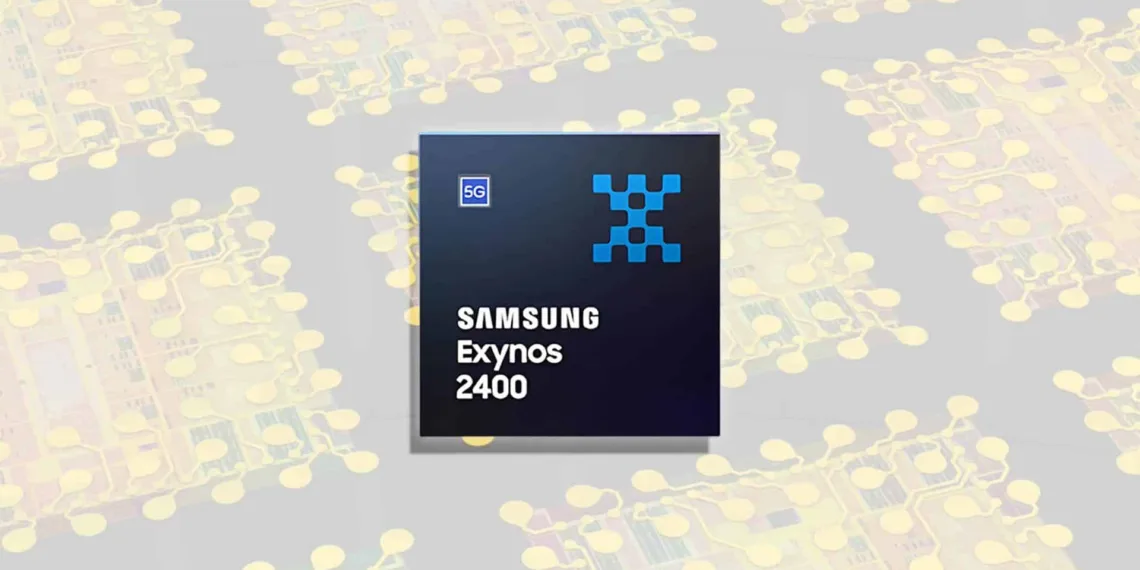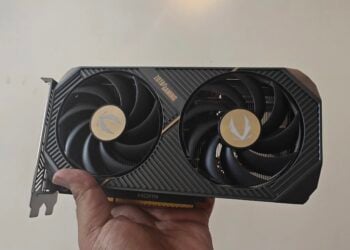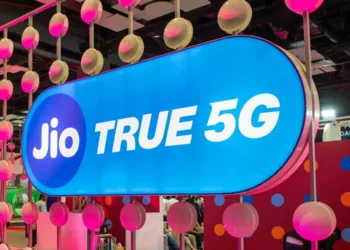The Exynos 2400 underwent a large-scale production process incorporating cutting-edge technologies, prominently featuring Samsung’s 4LPP+ process. This approach not only resulted in enhanced production yields but also heightened power efficiency.
An intriguing detail that was initially undisclosed by the company but later highlighted on its website pertains to the adoption of Fan-out Wafer Level Packaging (FOWLP), making the Exynos 2400 the first smartphone System-on-Chip (SoC) from Samsung to embrace this innovative packaging technique.

All About the Samsung Exynos 2400: New Technology
FOWLP brings forth a multitude of advantages, such as facilitating additional I/O connections to expedite electrical signal transmission and implementing improvements in heat management through a more compact package area. The net result is prolonged operational periods for smartphones featuring the Exynos 2400, with Samsung asserting that FOWLP technology boosts heat resistance by 23 percent, leading to an 8 percent increase in multi-core performance.

The significance of FOWLP technology becomes evident in the Exynos 2400’s noteworthy performance in the recent 3DMark Wild Life Extreme Stress Test. Not only did the SoC achieve a score twice that of its predecessor, the Exynos 2200, but it also rivaled the performance of Apple’s A17 Pro. Despite the availability of alternative approaches, such as vapor chambers, for enhancing thermal efficiency in smartphone chipsets, Samsung has equipped its Galaxy S24 models with vapor chamber coolers, effectively managing temperatures.

Given Samsung‘s successful adoption of FOWLP technology for the Exynos 2400, speculation arises regarding the potential utilization of the same packaging method for the Tensor G4, Google’s upcoming chipset slated for inclusion in the Pixel 9 and Pixel 9 Pro later this year. In light of reported overheating issues with the Tensor G3, the incorporation of an advanced packaging method like FOWLP for the Tensor G4 could prove instrumental in maintaining optimal temperatures. With Google reportedly continuing its collaboration with Samsung’s foundry, the likelihood of FOWLP technology being embraced in the Tensor G4 appears plausible, underscoring the ongoing commitment to technological advancements in the field.








